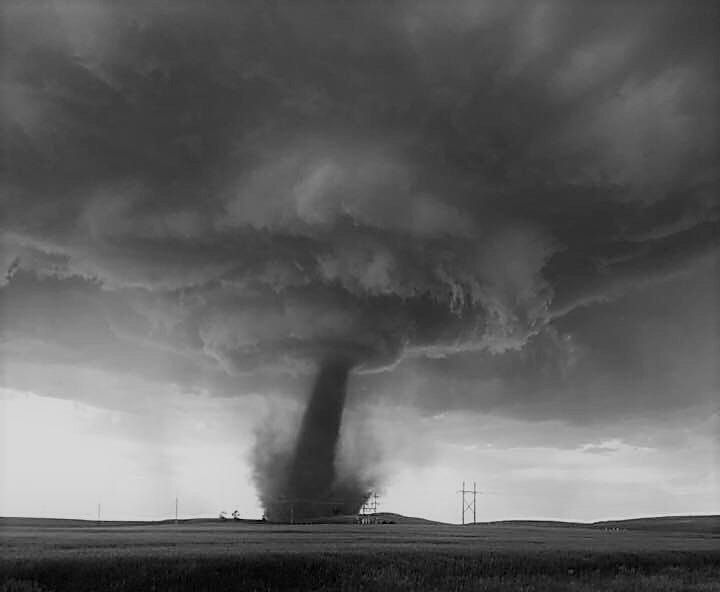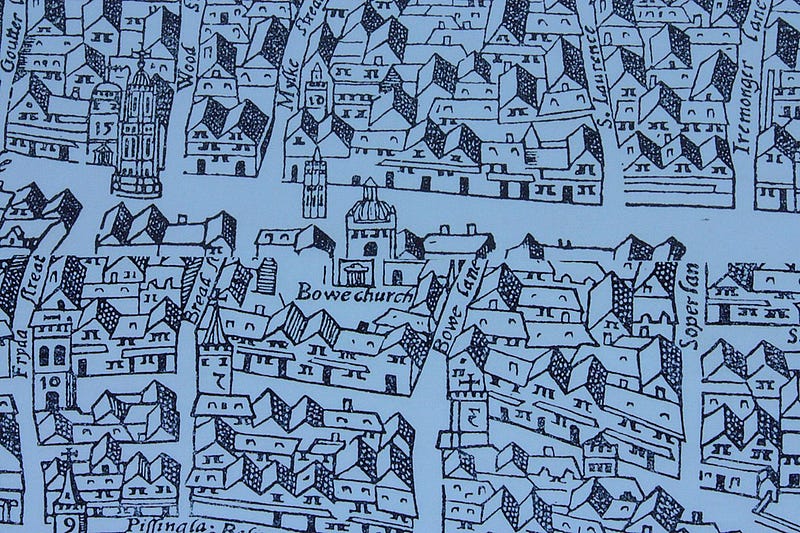The Historic Tornado That Devastated London in 1091
Written on
Chapter 1: The First Recorded Tornado
In 1066, following his conquest, William the Conqueror reconstructed the London Bridge that spanned the River Thames, which had been destroyed during the upheaval in London. This bridge, a basic wooden structure meant to serve the town, was far from the impressive engineering marvels we envision today. Although records exist detailing its construction, this version of the bridge did not endure for long.
Just twenty-five years after its completion, the bridge met its fate during a tornado.
The London Tornado of 1091 unleashed catastrophic devastation on the Medieval city, leaving an indelible mark in history. Not only is this event the earliest recorded tornado in England, but it also exhibited an unusual level of ferocity.
While tornadoes do occur in England, they typically lack the intensity of the 1091 event, which might have reached F4 status on the Enhanced Fujita scale. Analyzing historical accounts and damage reports suggests that the tornado's wind speeds were between 207–260 mph (333–418 km/h), more than sufficient to carve a path through the old city of London.
Given that most buildings at the time were primarily made of wood, with some stone and mortar, an F4 tornado would have caused significant destruction. Tornadoes of such magnitude are rare in England, making the London Tornado of 1091 remarkable for its unprecedented strength.
The Destruction Unleashed

The wooden London Bridge constructed by William the Conqueror was entirely swept away by the tornado's ferocious winds, which tore the structure from its moorings. St. Mary-le-Bow Church also met its demise, indicating the tornado's trajectory through the city.
The tornado struck the heart of London, obliterating key landmarks in the process. Eyewitness accounts described an alarming scene, with wooden beams and poles driven into the earth like arrows by the sheer force of the winds. Reports mention that some beams, measuring twenty feet in length, were driven five feet deep into the soft soil.
In addition to the vital structures that suffered, over 600 wooden buildings were either severely damaged or completely destroyed. The devastation left the local populace in shock as they emerged from the chaos to witness the widespread ruin.
Remarkably, despite the tornado's might, only two fatalities were recorded, in a city with a population of 15,000 to 18,000 at the time. This low death toll is astonishing considering the tornado's impact on such a densely populated area.
Legacy of the Tornado

The aftermath of the tornado is still spoken of in legend. Although the London Bridge was destroyed, it was eventually rebuilt and has since become an iconic landmark in Europe. Similarly, St. Mary-le-Bow Church was restored to prominence and remains a significant structure in London today.
The London Tornado of 1091 dealt a severe blow to the old city, yet it did not deter the spirit of its inhabitants. The remarkably low death toll and the resilience of the Londoners led to a reconstruction that was bigger and better than before.
While tornadoes still occasionally occur in England, few have had the monumental impact of the first recorded tornado in English history.
Chapter 2: Tornadoes Through Time
The first video titled "The Worst Tornado of Every Year (since 1950)" provides a comprehensive overview of the most devastating tornadoes recorded over the years, showcasing their impact on communities.
The second video, "Top 10 Most Infamous F5 or EF5 Tornadoes," highlights some of the most notorious tornadoes in history, including their destructive paths and lasting legacies.